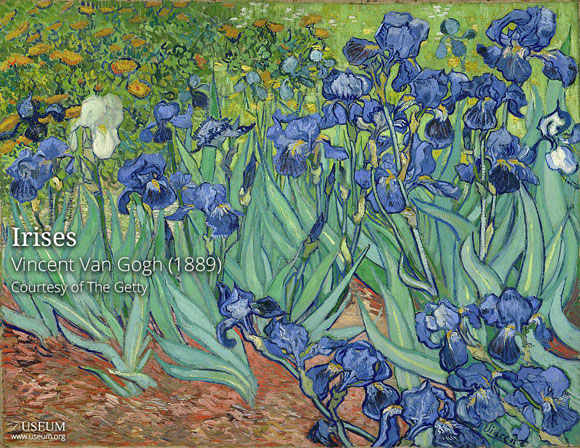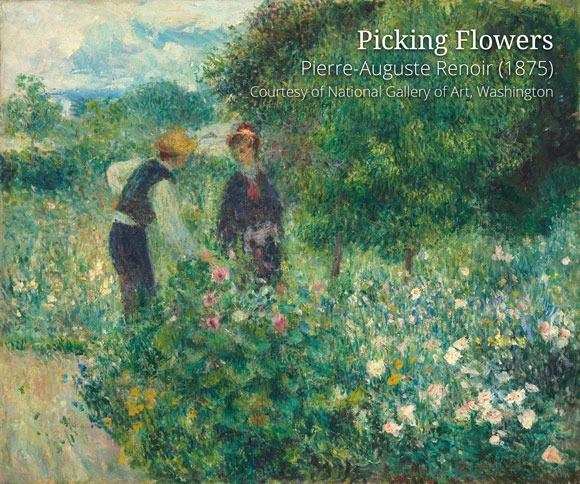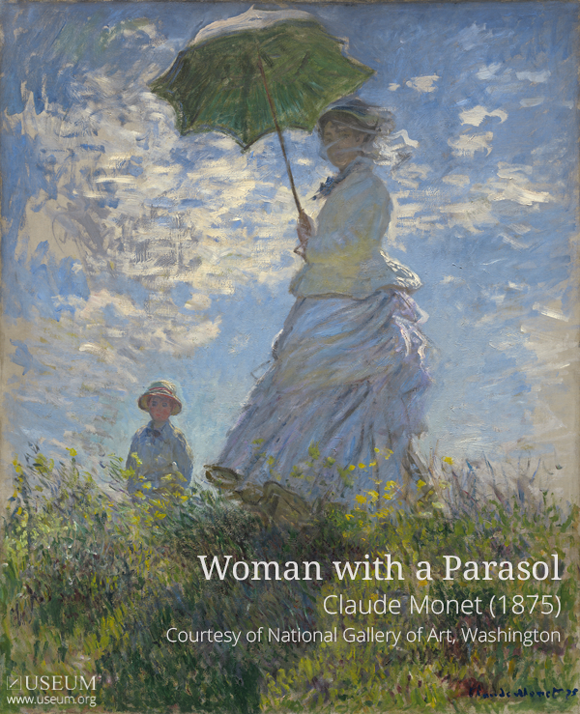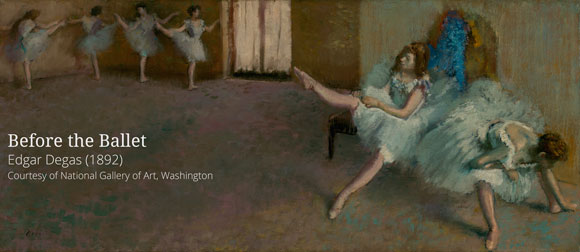Impressionism
"Impressionism is the newspaper of the soul."
Impressionism is a 19th century art movement, which has its origins in France. The term itself has come up from a review of Monet's painting, Impression, Soleil Levant (1872). Impressionism challenged and revolutionised the established art until that time. Although Impressionists may have been critically received at the beginning, their revolutionary techniques provide a source of inspiration for many painters until nowadays. The French originated art movement had an impact not only in visual arts, but also in music and literature. Explore the Impressionist Movement by starting from What is Impressionism. Browse our curated list of artworks from reknowned impressionist painters such as Claude Monet, Renoir and others.
Impressionist Painting Techniques
The Impressionist Movement's unique and distinctive painting techniques - which were considered radical at the time - received hostile criticism from academics, who envisioned fine detail and historic scenes. Impressionists revolutionised the Art World from the area of Normandy, France; they painted real world scenes and landscapes, composing them with small and thin but still visible brushstrokes, breaking away from lines and contours.
The invention of Photography at the time also had an impact on the Impressionist painting techniques, as they were the first to compose their paintings with casual real life scenes involving people. Moreover the quickly applied brush strokes, which enabled a quick way to represent the environment and depict the conditions at a specific time of day, created lighting effects that provided a very realistic representation of the surroundings. The main characteristic of such paintings is the use of contrasting colours, which create an impression of a very real sense of the environmental “conditions”, such as an early morning or the colours of an early evening.
Broken Colour Technique
The most famous painting technique of Impressionists during the 19th century is the “broken colour” technique where the colour is painted on a canvas using small short strokes, versus the normal method of carefully blending the tones and colours together. The result is a “patchwork” appearance in which the strokes gave the visual effect of light falling over the objects and figures.
The broken-colour technique was developed by Monet and Renoir, who instead of mixing paints completely, they left small dabs of different colours side by side, leaving it to the eye to blend them together. With this technique Impressionists composed objects with mixed as well as pure colour brushes, which created contrasts not seen in the classic artworks of the time, where colours were blended together and a lot of skill was required and most of the work within the artist’s studio was to perfectly depict lines and contrasts. Today broken colour continues to be used popularly in paintings.
Natural Light
Another characteristic feature and practise of the impressionists is that the light conditions at the given time in day are painted very close to reality for each scene or landscape. This technique provides a great “impression” of the natural light of the moment, which is depicted on each artwork. The blended colours of the evening, or the bright colours of morning scenes provide a very realistic representation of the conditions in the artwork.
Wet-on-wet Paint
Painting objects with layers of wet paint without waiting for each stroke to dry is a characteristic of Impressionism. This technique allowed more loose and softer edges, as well as colour mixing innovation.
Impasto Painting
The technique of depicting objects with thick and short brush strokes that are visible and stand out of the surface, providing volume and depth is known as Impasto. Impressionist artists used this technique extensively, as it makes objects -and subjects too - look like they are not part of the canvas.
Minimal Colour-Mixing Strokes
This technique refers to using thin brush strokes and contrasting colours with the minimum possible mixing, in a way that it radiantly colours each shape and the landscape.
Undefined Painting
Another technique found on many impressionist works is the “Undefined painting”, in which shapes are painted “abstractly”, providing an impression rather than their fine details, with no sharp edges, or perfectly crafted objects.
Minimum Black and Dark Colours
Impressionists are avoiding the use of dark shades, or using black colour at all on their canvases. Instead shades and dark areas are painted with dark contrasts of the typically bright colours used. Before the Impressionism art movement, artists used dark colours on the surroundings.



